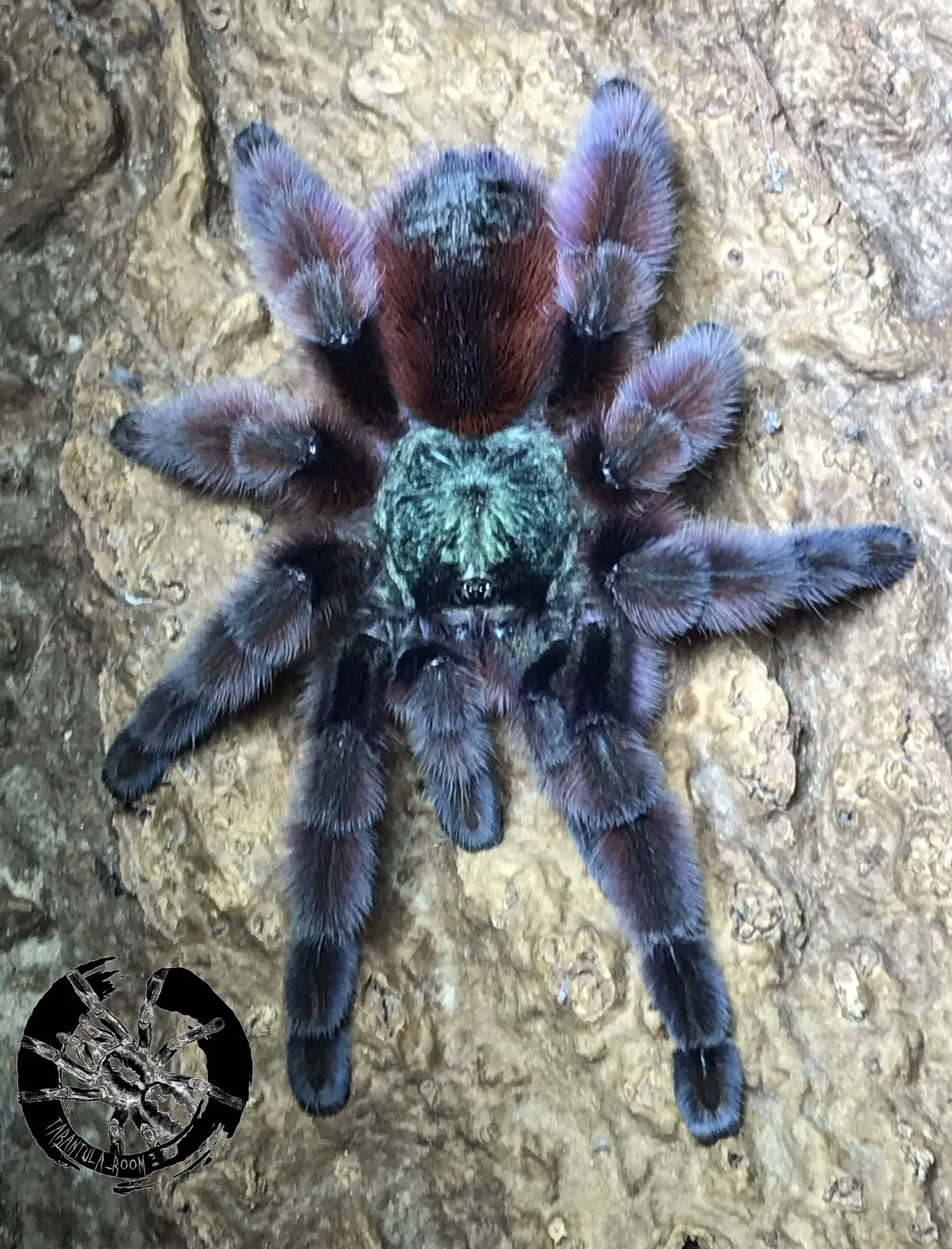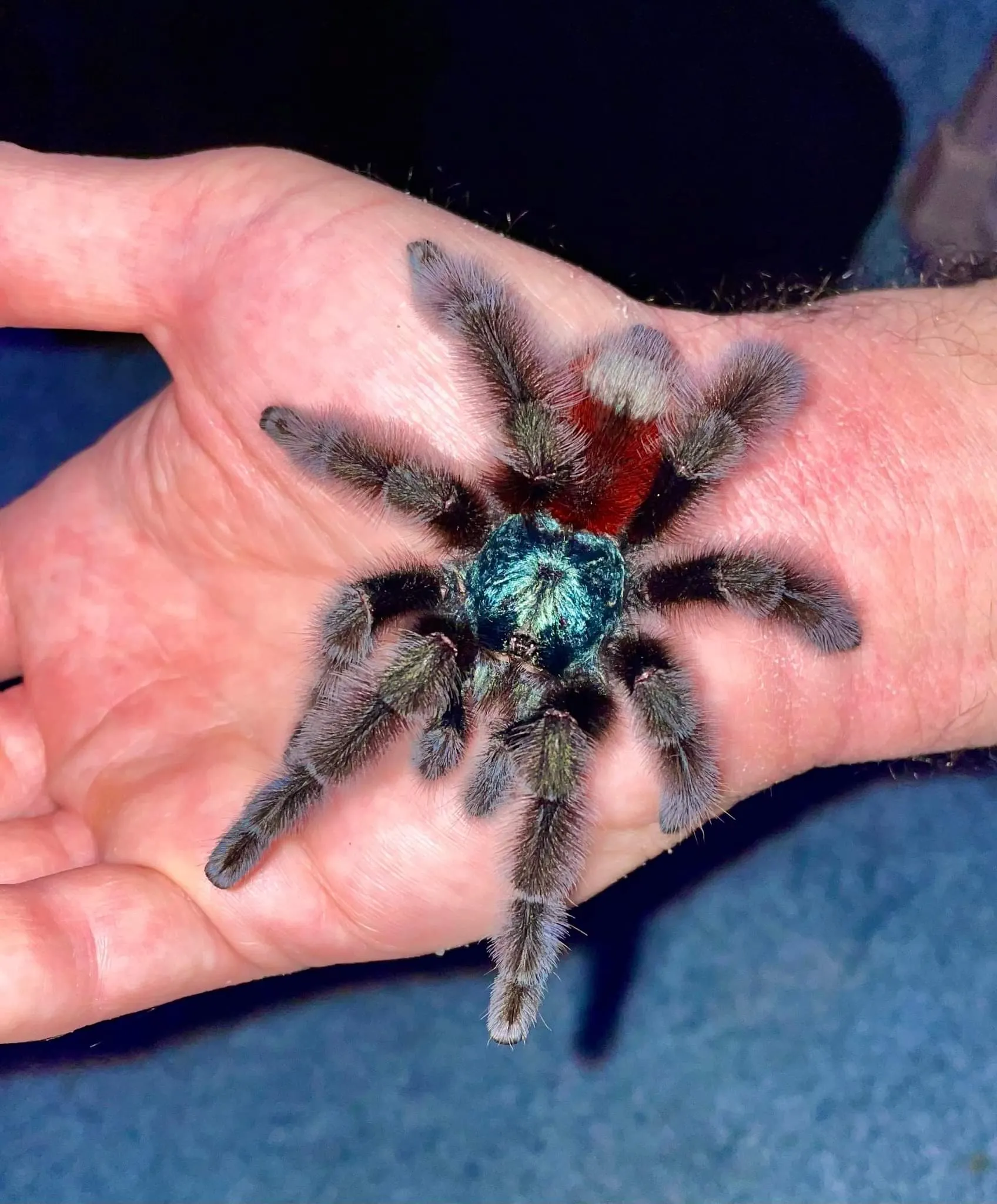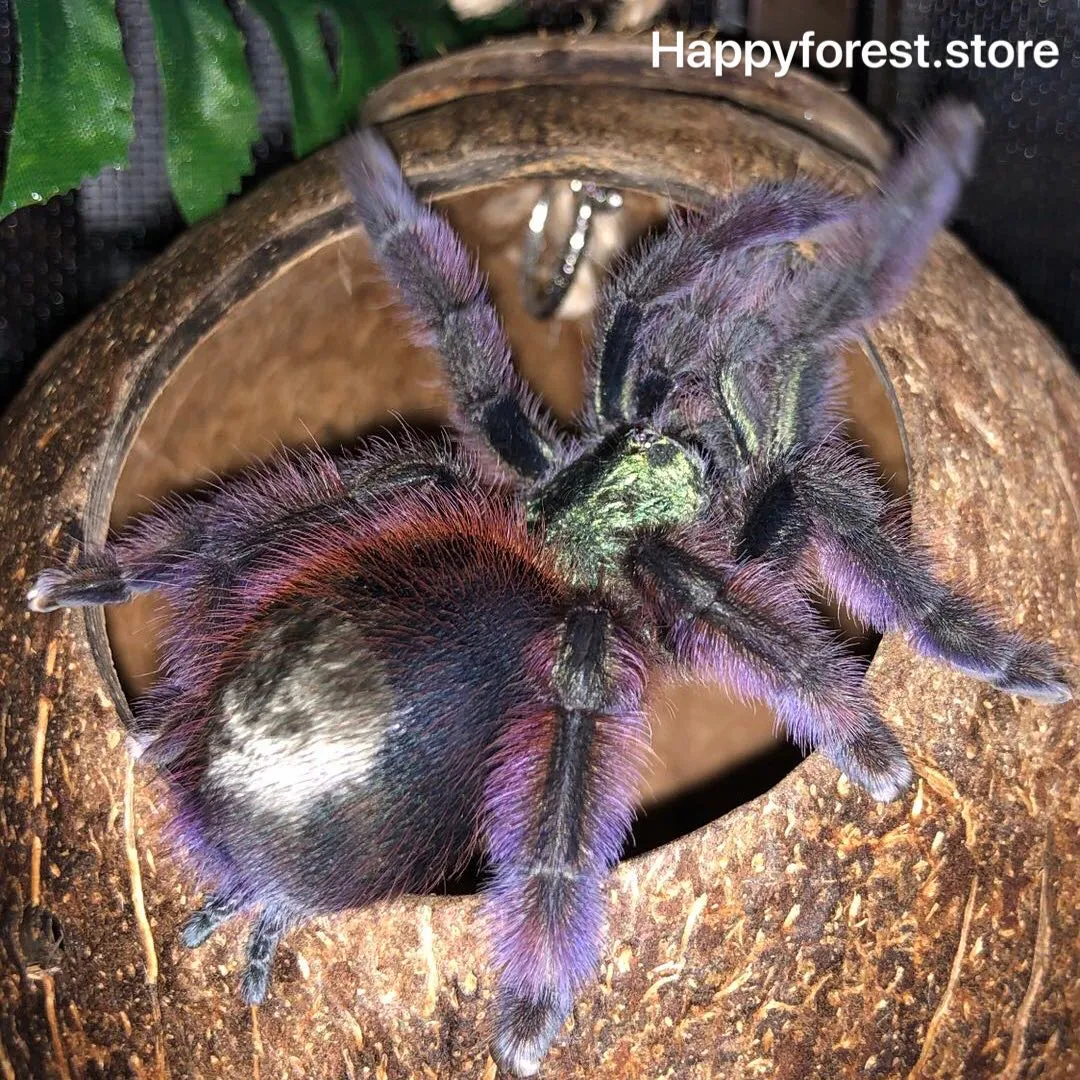What is a Caribena Versicolor Tarantula?
The Caribena versicolor, often called the Antilles Pinktoe Tarantula or the Versicolor Tarantula, is a stunning arboreal tarantula species native to the Caribbean islands. It’s a favorite among arachnid enthusiasts due to its vibrant coloration and relatively docile temperament. Unlike some other tarantulas, this species is known for its beauty and ease of care, making it a popular choice for both novice and experienced keepers. The name “Pinktoe” refers to the distinctive pink coloration on the tips of their legs, a striking feature that sets them apart from other tarantula species. Their arboreal lifestyle means they spend most of their time in trees or elevated areas, requiring a terrarium setup that caters to their climbing habits and unique needs. Understanding these aspects is crucial for providing proper care and ensuring their well-being in captivity. The Caribena versicolor tarantula offers a captivating glimpse into the world of exotic pets, showcasing the diversity and beauty of arachnids.
Appearance and Characteristics
One of the most captivating aspects of the Caribena versicolor is its vibrant coloration. The spiderlings often start with a brilliant blue hue, which gradually transforms into a kaleidoscope of colors as they mature. Adult Caribena versicolor tarantulas display a range of colors, including iridescent blues, greens, and purples on their carapace and legs. Their abdomens are typically a deep black with reddish hairs. This stunning combination of colors makes them a visual delight and one of the most beautiful tarantulas in the hobby. In addition to their striking colors, these tarantulas possess a delicate and graceful build. They have long legs and a relatively slender body, allowing them to navigate their arboreal environment with ease. The size of these tarantulas is moderate, with adult females typically reaching a leg span of about 5 to 6 inches. The males are usually a bit smaller and have a different coloration, often with a more muted appearance, making them a joy to observe and appreciate.
Origin and Habitat

The Caribena versicolor tarantula originates from the Caribbean islands, specifically the islands of Martinique and Guadeloupe. In their natural habitat, these tarantulas are arboreal, meaning they live primarily in trees. They are often found in tropical rainforests, where they build their silken retreats in the branches of trees. The humid environment of these islands is essential for their survival, providing the moisture they need to thrive. The specific habitat includes dense vegetation, which offers them shelter and camouflage from predators. The presence of various insects and other invertebrates in their natural environment provides a steady food supply. When keeping these tarantulas in captivity, it’s important to mimic their natural habitat as closely as possible. This includes providing an enclosure with appropriate humidity levels, plenty of climbing opportunities, and hiding places. Understanding their origin and habitat helps ensure they stay happy and healthy.
What do they eat
Caribena versicolor tarantulas are primarily insectivores, meaning their diet consists mainly of insects. In the wild, they prey on a variety of insects, including crickets, moths, and other small invertebrates. They are opportunistic hunters, using their speed and agility to capture their prey. In captivity, these tarantulas can be easily fed with commercially available insects, such as crickets, mealworms, and roaches. It’s important to vary their diet to ensure they receive a balanced intake of nutrients. The size of the insects offered should be appropriate for the size of the tarantula; as a general rule, the prey should be no larger than the tarantula’s body. It’s also crucial to ensure the insects are gut-loaded before feeding them to the tarantula. Gut-loading involves feeding the insects a nutritious diet before offering them to the tarantula. This ensures the tarantula receives essential vitamins and minerals. Providing fresh water in a shallow dish is also vital for their hydration. Regular feeding and proper diet management are key to their well-being in captivity.
Caribena Versicolor Tarantula Lifespan
The lifespan of a Caribena versicolor tarantula can vary depending on factors such as gender and care. Female Caribena versicolor tarantulas typically live longer than males. Females can live for up to 10–12 years or even longer with proper care, while males usually have a shorter lifespan of around 3 to 5 years after reaching maturity. This difference in lifespan is common among tarantula species. Factors that influence lifespan include proper diet, appropriate temperature and humidity, and a stress-free environment. Providing a clean enclosure, avoiding harsh chemicals, and maintaining a consistent environment are crucial to maximizing their lifespan. Regular monitoring of their health and behavior is also important. Being aware of any changes or signs of illness allows for prompt intervention. Understanding these aspects of their lifespan helps keepers provide the best possible care, allowing these beautiful creatures to thrive for many years.
Caribena Versicolor Tarantula Behavior

Caribena versicolor tarantulas are known for their generally docile temperament, making them a good choice for beginner tarantula keepers. While they are not typically aggressive, it’s important to handle them with care. They may display defensive behaviors, such as raising their front legs or flicking hairs (urticating hairs), if they feel threatened. These behaviors are a warning and should be respected. They are arboreal creatures, and they spend most of their time in elevated positions within their enclosure. They are not particularly fast-moving, but they are agile climbers. They tend to be most active during the evening and night, displaying their hunting behavior. Observing their behavior is a fascinating aspect of keeping these tarantulas. Their personalities can vary from individual to individual. Some are more shy and reclusive, while others are more curious and active. Providing a comfortable environment with plenty of hiding places helps them feel secure and reduces stress. Proper handling techniques and understanding their natural behaviors contribute to a positive experience for both the tarantula and the keeper.
Conclusion
The Caribena versicolor tarantula, with its stunning colors and gentle demeanor, offers a captivating experience for arachnid enthusiasts. Understanding their habitat, diet, and behavior is crucial for providing proper care and ensuring their well-being. From their vibrant appearance to their manageable care requirements, these tarantulas are a beautiful and rewarding pet choice. By providing the right environment and care, keepers can enjoy the beauty and fascinating behaviors of these amazing creatures for many years to come. The journey of caring for a Caribena versicolor is filled with wonder, providing an opportunity to learn, appreciate, and protect these amazing animals. Their beauty and unique characteristics make them a cherished addition to any collection. With proper knowledge and care, these tarantulas can thrive, offering a glimpse into the captivating world of arachnids and the wonders of nature.
